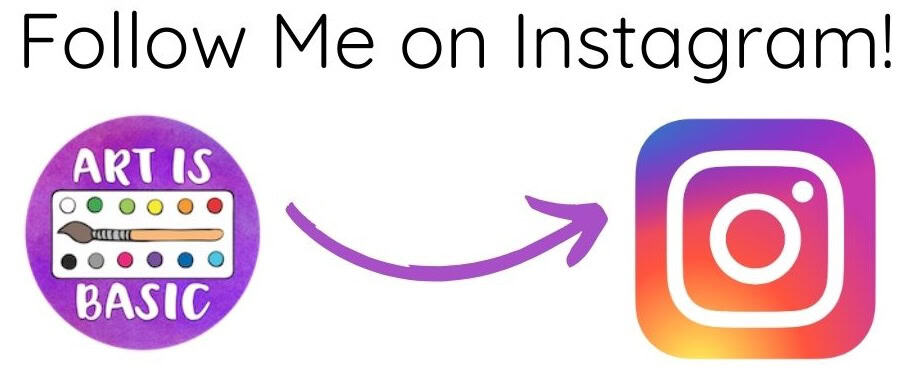
I have been wanting to make some more permanent artworks to beautify the school grounds. I had pairs of kids working on these stepping stones. This was such a fun project I am planning on making more in the coming years ahead to add to our collection.

I have never made outdoor stepping stones before, so I asked for advice several times on the Art Teacher Facebook group. I just want to give a shout out to them for answering some questions. A few people asked me to post about the process, so here goes! We also made small coasters and I managed to take some pictures during the process.
First, you need plastic mosaic molds or coaster molds. Other people suggested using pie tins, but I have not tried those. Smear a thin layer of Vaseline on your mold. I don’t know if this is absolutely necessary, but I did it anyway. Cut a piece of contact paper to the size of the inside of your mold. Peel off the backing and place it with the sticky side up.

Start placing your tiles and glass pieces with the shiny side down. Press them firmly so that they stick on to the contact paper. This is called an indirect method.



** Only allow adults to do the next step** Next, put on your plastic gloves and face mask. Mix up your cement in an old bucket using the directions on the bag. Be careful not to create a lot of dust as you do so. Stir with an old spoon until the mixture is not lumpy. Pour into the molds. Gently (very gently) shake the mold back and forth to let the cement fill in the gaps.

Rinse your cement bucket outside. Do not let the cement go down the drain. Leave the coasters and stepping stones cure overnight. Try not to touch them until the next day (it’s very tempting.)

The next day, gently release the stones from the mold. Peel back the contact paper. Yay!

At this point, the kids can *gently* scrub the top with soap, water and an old toothbrush.

If there are some stubborn spots where cement leaked on top of the tiles, you can gently scrape the cement away with a utility knife. Be super careful, as the coasters are not fully cured and can break.


For the outdoor stepping stones, I painted on some cement sealer before placing them on our school grounds.
By the way, my 4th/5th graders learn about ancient Greek and Rome, so this ties in nicely with the mosaic art of that culture.
What do you think? Have you made cement coasters or stepping stones?
Discover more from Art is Basic | Elementary Art Ideas
Subscribe to get the latest posts sent to your email.

























These turned out so beautifully! My sixth graders just finished a mosaic project, http://www.cornwellfam.com/2014/10/pompeii-inspired-6th-grade-mosaics.html
but I think next time I will try your way, I like your results better!
The stones and coasters look wonderful. Hope to see photos of the ones you place outside. My art club did a set of 4 stepping stones for the school garden, but we could really use more to line the edge. After reading your article, I might try it again. I like the fact that yours were made upside down. We did ours into the top after the cement had set a little. I like how yours look so smooth.
They turned out great! It definitely didn’t matter that I never sent you my directions, because we used the EXACT same process. Only differences were that we used foil cake pans, and instead of Vaseline I think we sprayed with cooking spray. But otherwise, the contact paper method worked super! I love you the idea of coaster – maybe I’ll make some for myself! I suppose to make them not scratch the table, you could glue cork on the back, or even little rubber or cork feet. What do you think?
You know, I didn’t think of the scratching the table problem. I bet you could glue some felt on the bottom. I’ll have to try cooking spray next time. The kids were grossed out by the Vaseline! Don’t worry about it, I asked enough questions to figure out the process!
The photo of the mold says to use indoor cement, I didn’t know there was a difference. Yet you designed these to be used outdoors. Can you clarify? Also, how long to mix and fill the molds for one class? In other words do you do one class if filling after school, or save a Saturday to do everyone’s all at once?
Yes that is confusing! The stepping stone molds we used came with the kit. The square one pictured here was for a coaster. I actually tried it with indoor cement (apparently there is a difference.) and the coaster got pretty stuck. The outdoor cement actually worked better in this mold. If you buy cement that is marketed for stepping stones it will be outdoor cement. I’m guessing that the outdoor cement will last longer in the weather. I actually poured the cement as the kids finished their projects (during class.)
I haven’t ever made outdoor stepping stones, so I relate to what you mean here. But, on the other hand, I’ve never really been accustomed to such things at all.